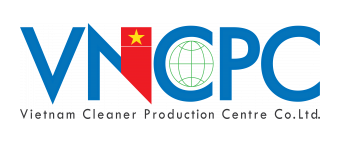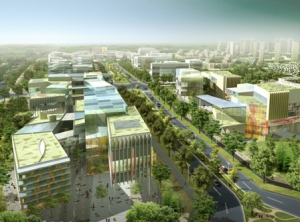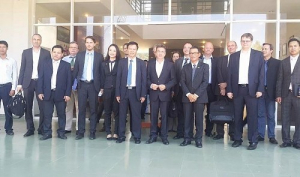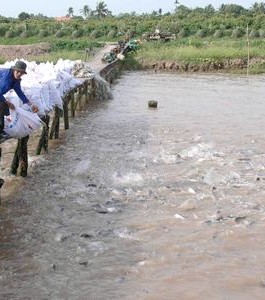Energy-saving buildings offer banks new financial products
Nearly half of the world’s energy consumption is a result of cooling, heating and ventilating buildings, while construction work is responsible for more than half of the globe’s resources consumption. Addressing these significant levels of consumption is becoming increasingly urgent with greenhouse gas emissions expected to double by 2030, with emerging markets among key contributors to this increase.
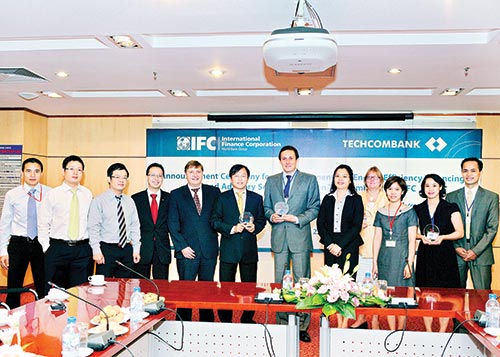
The World Bank’s IFC is providing $2 billion for sustainable energy project globally
To underline the dramatic increases in power consumption among developing countries, Vietnam posted a four-fold increase in just a decade to 2008 according to World Bank data and now faces significant power shortage issues. Construction is among the most energy-intensive industries, accounting for 36 per cent of the nation’s total annual energy consumption. Therefore, the sector’s improved energy efficiency is vital to helping energy saving in Vietnam. International Finance Corporation (IFC), a member of the World Bank Group, is helping the country tap this huge potential by developing energy efficient, green buildings. To achieve this, it is supporting the Ministry of Construction to enhance the implementation of the Energy Efficiency Code for Buildings, which has been revised to become more technically and economically feasible to implement. The Code is expected to save 15 per cent of energy consumption on every floor square metre.
“Financing energy efficiency and green buildings is not only vital for a sustainable future, but also a smart business approach,” said IFC’s Asia head of Climate Finance William Trant Beloe.
“This is a sustainable development trend and banks that develop this financial product will have an opportunity to access a new market with less risk, while promoting themselves as banks with high levels of social responsibility with green financing programs,” he told a “Energy Efficient Buildings and Green Buildings Financing” workshop, co-organised by IFC and the Vietnam Banking Association in Hanoi, on December 9, 2014.
IFC’s Sustainable Energy Financing (SEF) programme has provided $2 billion in funding for sustainable energy projects globally through financial institutions In Vietnam, Techcombank and Vietinbank have committed $63 million for energy efficiency projects. These projects together have saved 259,512 megawatt hours and avoided GHG emissions by 130,377 tonnes of CO2 annually. It is expected to have other banks to join the programme.
IFC has also developed the EDGE Resources Efficiency Building Certification system, a tool to enable developers to save energy, water and resources in construction materials production, thus reducing GHG emissions. This tool is designed for emerging markets to develop different technical solutions for higher energy efficiency with respective estimated investment costs and savings for developers to choose the appropriate “green” levels for their projects.
Trant Beloe said IFC provides long-term credit lines to local banks that banks use to lend green building developers. IFC supports the design of appropriate financial products for each of its partner banks and technical assistance to partner banks to develop sustainable energy financing products encompassing energy efficiency, cleaner production in industries and energy efficient green buildings. This advisory programme includes capacity building for banks in sustainable energy financing and supports partner banks to participate in developing a sustainable energy finance market in Vietnam including green building finance. With EDGE, bank staff can also perform loan valuations for green homes more efficiently and have a better definition of green buildings as an “asset class”.
IFC is also active in training bank staff in energy efficient or green building financing as well as heightening developers and home buyer awareness of green financing options, providing an e-tool for green buildings and organizing workshops and forums to highlight energy efficiency opportunities to consolidate and fully tap the green building market’s rich potential in Vietnam.
Source vir.com.vn
